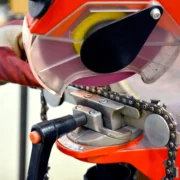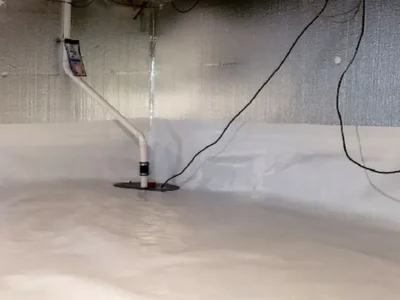While rest homes and retirement villages are among the safest living arrangements for older adults, they are the last resort for many families. It’s not uncommon for the loved ones of aging relatives to decide they are safe to remain in their own homes until they can no longer care for themselves.
However, when making such a decision, you often have to consider whether home renovations are necessary to ensure their properties cater to their daily needs. You may like to consider the following alterations for aging-in-place seniors for peace of mind.
Technology Upgrades
Technology has made the average person’s life much more convenient, and it can do the same for your aging relative. Look at different upgrades, like adding a medical alert system to keep your loved one safe while making their life easier simultaneously.
You might compare medical alert systems to see which one suits the size of their property and help button preferences, and even look at options with features like automatic fall detection and wireless functionality. Motion sensors for lighting and smart sensors for fire and carbon dioxide detection may also be technological upgrades you consider.
Grab Rails
Tens of millions of older adults fall every year, resulting in over 32,000 deaths. While you may never be able to prevent your loved one from falling in their own home, you may be able to reduce the risk with the installation of grab rails. Install these around stairways, flooring level changes, and bathrooms. These may provide your loved ones with more stability as they carry out their daily routine.
Install Brighter Lighting
Installing brighter lighting might be a simple yet effective way to keep your family member safer in their own home. Brighter lighting and even strategically placed lighting can illuminate obstacles to potentially prevent falls. If there are no dark spots, items that have fallen on the floor can be seen and picked up before they’re tripped over.
You might even look at automatic lighting options in hallways and bathrooms to ensure that late-night visits to the toilet don’t pose a risk to their safety.
Wider Doorways
If your family member is in a wheelchair, they may struggle to navigate their home with ease. This is often due to the standard doorways that aren’t made wheelchair-friendly. To make sure your loved one can comfortably move from room to room, consider widening the doorways. You may need to hire a builder to take care of drywall and an electrician to move light switches, but it can be worth it when your family member can navigate their home comfortably.
An Elevator or Chair Lift
Multi-level homes can become unsuitable for older adults with mobility issues, but downsizing to a more manageable property may not be something they’re willing to do. In that case, you may see the value in installing an elevator or chair lift.
Chair lifts attach to stair rails and provide seated access to additional floors, while elevators operate similarly to those you find in retail stores. While the installation costs can be high, they may allow your loved one to remain independent for longer while keeping them safer as they navigate the different floors of their property.
New Flooring
Carpets can wrinkle over time and become a dangerous trip hazard. While replacing the flooring can be a significant investment, it’s a worthwhile one if it means you’ve taken care of yet another danger in your family member’s home.
Consider easy-care and non-slip options in the main areas of the house like hardwood, vinyl, and linoleum, and stretch carpet in bedrooms to ensure it won’t be dangerous underfoot.
Add Wheelchair Ramps
Accessing a property with stairs when you’re in a wheelchair can be challenging, which is why a ramp can be a worthwhile alteration if your family member is beginning to be less mobile. If they are transitioning into a wheelchair, consider installing a ramp to access their home in the easiest way possible.
Ramps can be permanent solutions, such as concrete, or they can be something more cost-effective and removable, such as wood, aluminum, and rubber.
Replace Faucets and Handles
Arthritis is a genuine concern with many older adults, and they may struggle to perform basic tasks like turning a doorknob and turning a faucet on and off. To ensure they can still do something as simple as pouring a glass of water and closing a door, consider simple upgrades like changing all the faucets and handles to levers.
Lever-style faucets and handles can allow your family member to use the strength of their entire arm, rather than their hand and wrist that may not be as strong as it used to be.
There may come a time when your loved one is safer in a rest home or retirement village, but that doesn’t always need to happen right away. These renovations above may make them as safe and independent as possible while allowing them to stay in their own home.










Comments